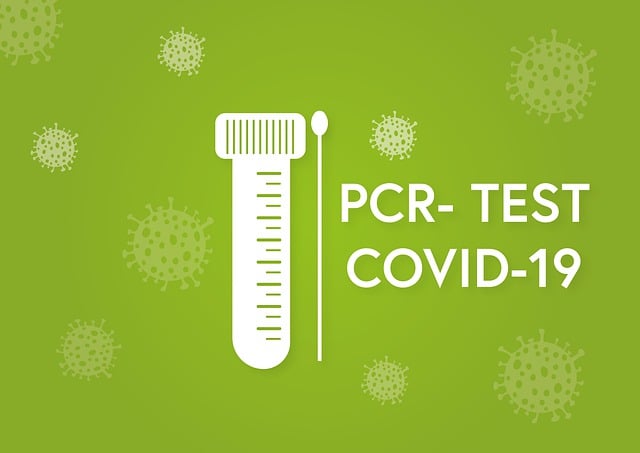Lead paint inspection is crucial for older homes in San Antonio due to the health risks associated with lead-based paint, particularly for children and pregnant women. Professionals take samples from walls, floors, and fixtures to test for lead content using advanced labs. Mandatory during renovations or remodeling, proper sampling protects families and ensures safe drinking water through rigorous water supply testing. Certified inspectors should use approved methods like XRF analyzers, with regular re-inspections at appropriate intervals. Documentation of inspection history aids in informed decisions regarding lead paint abatement.
In San Antonio, lead paint inspection for older homes is paramount due to the potential risks associated with lead-contaminated water supplies. This article delves into the crucial process of water supply sampling for lead, highlighting best practices essential for ensuring a safe living environment. We explore the dangers of lead paint in vintage properties and provide insights on navigating the complexities of lead paint inspection, offering vital guidelines tailored to San Antonio’s unique context.
- Understanding Lead Paint and Its Risks in Older Homes
- The Process of Water Supply Sampling for Lead
- Importance and Best Practices for Lead Paint Inspection in San Antonio
Understanding Lead Paint and Its Risks in Older Homes

In many older homes, particularly those built before 1978, lead-based paint is a significant concern. Lead paint inspection for older homes in San Antonio is crucial due to its potential health risks, especially for children and pregnant women. Lead is a toxic metal that can cause severe developmental issues and neurological damage if ingested or inhaled. During the testing process, professionals take samples from various surfaces like walls, floors, and trim to determine lead content.
These inspections are vital as lead paint chips easily and can contaminate water supplies through dust. In San Antonio’s older neighborhoods, where renovation and remodeling are common, proper sampling and analysis ensure that families are protected from this hidden hazard. Understanding the risks associated with lead paint is the first step towards mitigating its impact, ensuring a safer living environment for all residents.
The Process of Water Supply Sampling for Lead

The process of water supply sampling for lead involves several crucial steps to ensure accurate testing and identify potential sources of contamination in older homes. It begins with a thorough inspection, especially focusing on areas with known or suspected lead-based paint. In San Antonio, where many homes have historical significance, this inspection is essential during any renovation or remodeling project, as lead paint inspection for older homes is mandatory by law.
Sample collection is the next critical phase. Water samples are taken from various fixtures and outlets within the home, including cold and hot water lines, faucets, and indoor water storage tanks. Each sample is meticulously labeled and handled to maintain its integrity before being sent to a certified laboratory for comprehensive analysis. The lab tests the samples using advanced methods like inductively coupled plasma mass spectrometry (ICP-MS) to detect even trace amounts of lead, providing a clear picture of the water’s safety.
Importance and Best Practices for Lead Paint Inspection in San Antonio

In San Antonio, lead paint inspection is a crucial process, especially in older homes where the risk of lead-based paint exposure is heightened. Lead paint, commonly found in residences built before 1978, poses significant health hazards, particularly to children and pregnant women. A thorough lead paint inspection ensures that potential risks are identified and mitigated, promoting a safer living environment.
Best practices for lead paint inspections in San Antonio include employing certified professionals who utilize approved testing methods, such as XRF analyzers or paint chip analysis. Regular intervals, especially before renovation or when signs of paint deterioration are evident, should be observed for re-inspection. Proper documentation and record-keeping are essential to track inspection history and facilitate informed decisions regarding lead paint abatement, if necessary.
In conclusion, lead paint inspection and water supply sampling are crucial steps in ensuring the safety of older homes in San Antonio. By understanding the risks associated with lead paint and implementing best practices during inspections, homeowners can take proactive measures to protect their health and that of their families. Regular testing of water supplies is equally important to identify potential lead contamination, enabling timely remediation and mitigating long-term exposure risks.
